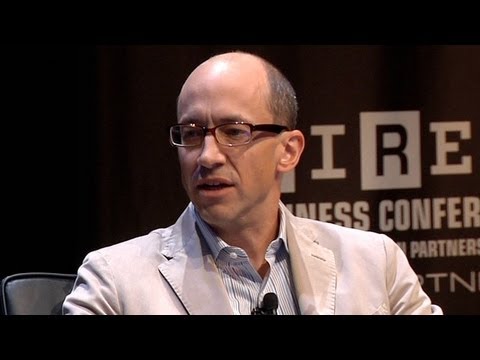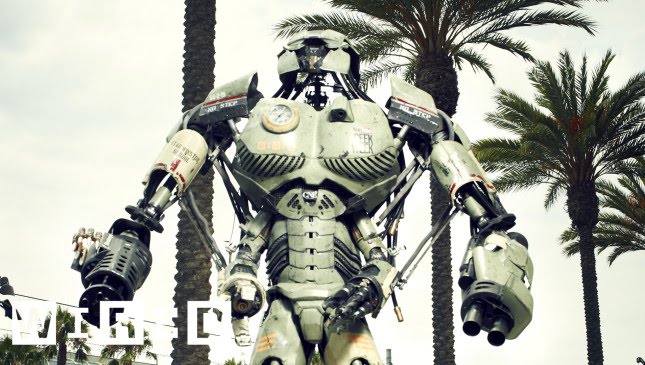Coffee Q&A: From Caffeine Content to Home Roasting
Summary
In this Q&A session, a coffee expert answers a range of coffee-related questions. From the relationship between caffeine content and coffee roast types to the ideal brewing temperature, and from the process of decaffeination to the differences between various brew methods, readers will gain useful insights into the world of coffee.
Table of Contents
- Does the Type of Coffee Roast Affect Caffeine Content?
- Is There such Thing as Good Instant Coffee?
- How Are Coffee Beans Decaffeinated?
- What Is the Ideal Temperature for Coffee?
- How to Make Espresso Without a Machine?
- Why Does Coffee Make Us Need to Use the Bathroom?
- Why Do People Put Milk and Sugar in Their Coffee or Tea?
- What Are the Differences Between Cold Brew and Iced Coffee?
- What Climate is Best for Growing Coffee?
- The Ratio of Coffee to Water for Brewing
- The Importance of Grinding Coffee Beans
- Lattes, Flat Whites, and Cappuccinos: What Are the Differences?
- Drip Coffee vs. Pour-Over Coffee vs. Siphon Brewing
- Full Immersion vs. Filter Coffee
- Can Coffee Beans Be Roasted in a Domestic Gas Oven?
Introduction
As coffee lovers, we often have questions about this addictive and beloved drink. In this post, we have compiled a range of coffee-related questions that a coffee expert answers in a Q&A format. Whether you’re looking to learn about the best way to make coffee, the differences between different brew methods, or the ideal brewing temperature, this post covers it all.
Q&A
Does the Type of Coffee Roast Affect Caffeine Content?
While it is generally true that lighter roasts have a higher caffeine content than darker roasts, the exact amount of caffeine can vary depending on the type of coffee being roasted. Some coffee types inherently have more caffeine than others. In addition to roast types and coffee types, the caffeine content can also vary depending on the brewing method, grind size, and coffee-to-water ratio.
Is There such Thing as Good Instant Coffee?
The quality of instant coffee depends heavily on how the raw coffee is processed and roasted. Good instant coffee can be made by using high-quality raw coffee beans and roasting them well. However, instant coffee is often made using sub-par beans and is therefore not generally considered to be as good as freshly roasted coffee.
How Are Coffee Beans Decaffeinated?
Coffee trees produce caffeine as a natural insect repellent. This means that decaffeination is done after the coffee beans have been harvested. There are several methods for decaffeinating coffee beans, including solvent-based methods, water-based methods, and carbon dioxide methods. Each method has its own advantages and disadvantages.
What Is the Ideal Temperature for Coffee?
The ideal brewing temperature for coffee is close to boiling water, which is about 195 to 205 degrees Fahrenheit. However, letting the coffee cool down to body temperature can enhance the flavor of the coffee.
How to Make Espresso Without a Machine?
True espresso requires an expensive machine that creates high pressure and forces hot water through finely ground coffee. However, there are several alternative methods for making strong coffee at home, including using a Moka pot or an AeroPress.
Why Does Coffee Make Us Need to Use the Bathroom?
Coffee triggers a hormone response that leads to the need to urinate. This is true for both regular and decaffeinated coffee.
Why Do People Put Milk and Sugar in Their Coffee or Tea?
Milk can mask the bitterness of coffee and add sweetness and texture. Sugar is typically used to counteract bitterness and add sweetness.
What Are the Differences Between Cold Brew and Iced Coffee?
Cold brew is made with cold water and steeped for a long time, usually around 12 to 24 hours. Iced coffee is brewed hot and then chilled over ice. Cold brew tends to be less acidic and smoother than iced coffee.
What Climate is Best for Growing Coffee?
The best climate for growing coffee is a high altitude with warm sunny days and cool nights. Brazil, Colombia, and Ethiopia are some of the largest coffee-producing countries in the world.
The Ratio of Coffee to Water for Brewing
For most coffee brewing methods, a good rule of thumb is to use between 1 and 2 tablespoons of coffee per 6 ounces of water. However, this ratio can vary depending on the desired strength of the coffee.
The Importance of Grinding Coffee Beans
Freshly ground coffee beans have a significantly different taste than pre-ground coffee beans. This is because ground coffee beans start to lose flavor as soon as they are ground. A good coffee grinder is a vital tool for coffee lovers who want to enjoy the best possible flavor in their coffee.
Lattes, Flat Whites, and Cappuccinos: What Are the Differences?
Lattes, flat whites, and cappuccinos are all espresso-based drinks that can be made with the addition of milk. Lattes are made with espresso and steamed milk with a small layer of foam on top. Flat whites are made with the same ingredients as lattes, but the milk is steamed differently, resulting in a smoother, creamier texture. Cappuccinos are made with equal parts of espresso, steamed milk, and foam.
Drip Coffee vs. Pour-Over Coffee vs. Siphon Brewing
Drip coffee is made by heating water and allowing it to drip through a basket of coffee grounds. Pour-over coffee is made in a similar way but is generally considered to be a higher-quality brew because the water is poured over the coffee grounds in a more controlled, artisanal way. Siphon brewing, also known as vacuum brewing, is a unique brewing method that uses a combination of vapor pressure, vacuum suction, and gravity to brew coffee.
Full Immersion vs. Filter Coffee
The two main schools of coffee brewing are full immersion and filter coffee. Full immersion brewing is when coffee is steeped in water for a period of time, allowing the water to extract flavor and aroma from the coffee. French press and Aeropress are examples of full immersion brewing. Filter coffee, on the other hand, is brewed by passing water through a filter containing ground coffee. Drip coffee is an example of filter brewing.
Can Coffee Beans Be Roasted in a Domestic Gas Oven?
It is possible to roast coffee beans in a domestic gas oven, but it is generally not recommended. Roasting coffee beans properly requires precise temperature control and a highly controlled environment. There are many small, affordable coffee roasters available on the market that are designed specifically for home use, and these are generally a better option for home roasting.
Conclusion
Whether you’re a coffee aficionado or just dipping your toes into the complex world of coffee, this Q&A session offers a range of informative insights. From the caffeine content of different roast types to the ideal brewing temperature, there’s plenty to learn about the science and art of making the perfect cup of coffee.







